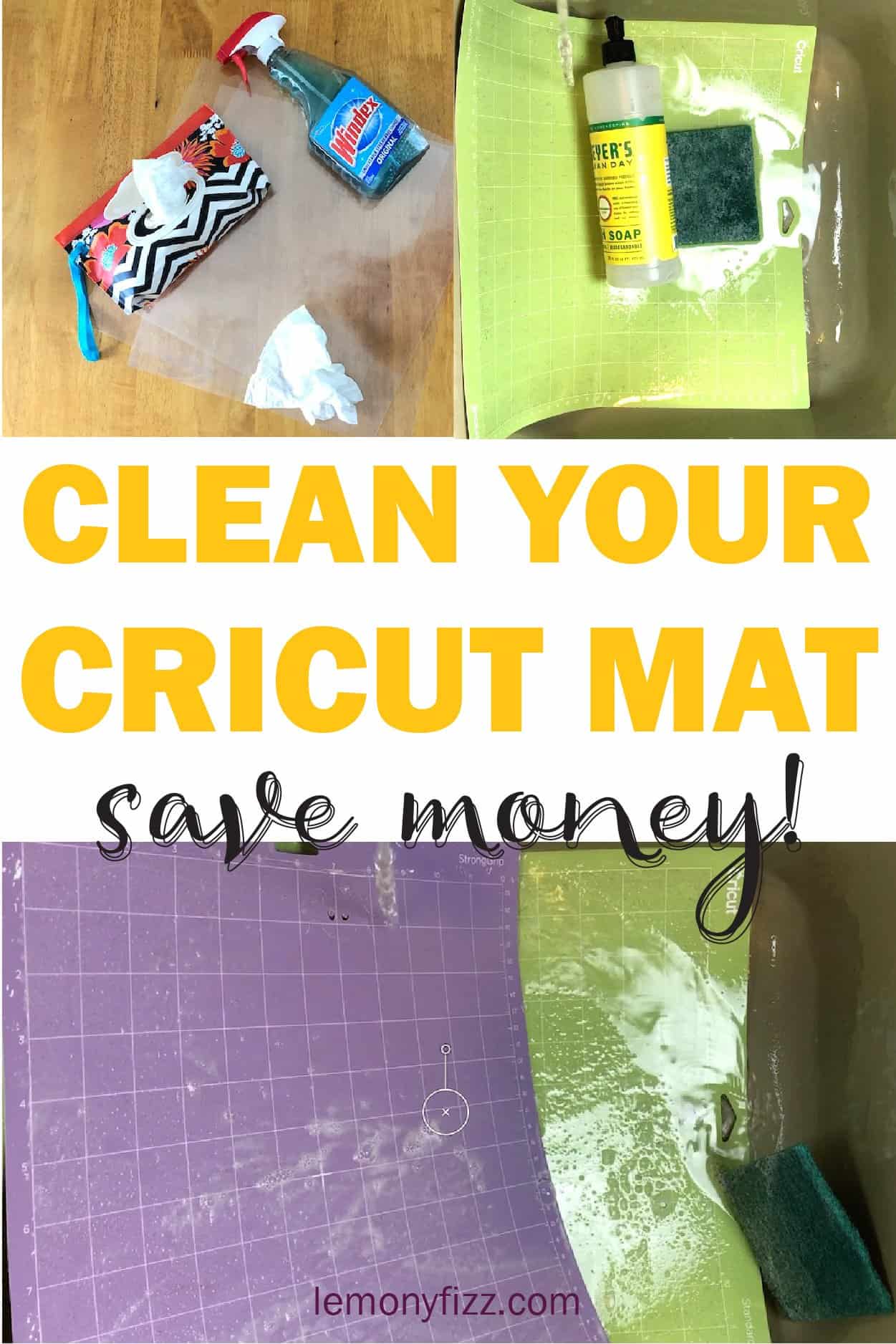

Store your baking soda or vinegar solution in a spray bottle and always patch test the play mat to make sure that it will not be stained or damaged. Alternatively, you could make your own natural detergent water solution using baking soda or a vinegar solution. A simple dish soap solution is a popular option. You could use the same cleaning solution that you use for toys. So, it is best to avoid harsh and toxic cleaning materials and instead opt for a safe and natural product. Just as importantly, your cleaning solution must be safe for your baby. Foam mats used by toddlers can get covered in glue and paint after craft sessions.

This is generally food and drink but a few leaking nappies, dribbles and runny noses are usually thrown into the mix as well. Your chosen cleaning solution must be effective at removing the type of material that ends up on baby foam mats. They are usually provided as a leaflet but if you have lost this, the information will be available on their website.įoam mats can be made from different types of materials so finding out what you can and cannot clean your baby play mat with is an important first step and one that many parents overlook. It's broken down into 10 easy steps for busy parents to follow so that you can get that foam mat back in action in under an hour! Step #1 Check the play mat care instructionsįoam play mats will come with care instructions provided by the manufacturer. We've found a tried and tested method for cleaning a foam mat that's quick and easy and avoids using harsh chemicals that could irritate your baby's delicate skin. It is important to clean play mats correctly so that they look their best and moulds and bacteria do not get a chance to multiply.


 0 kommentar(er)
0 kommentar(er)
